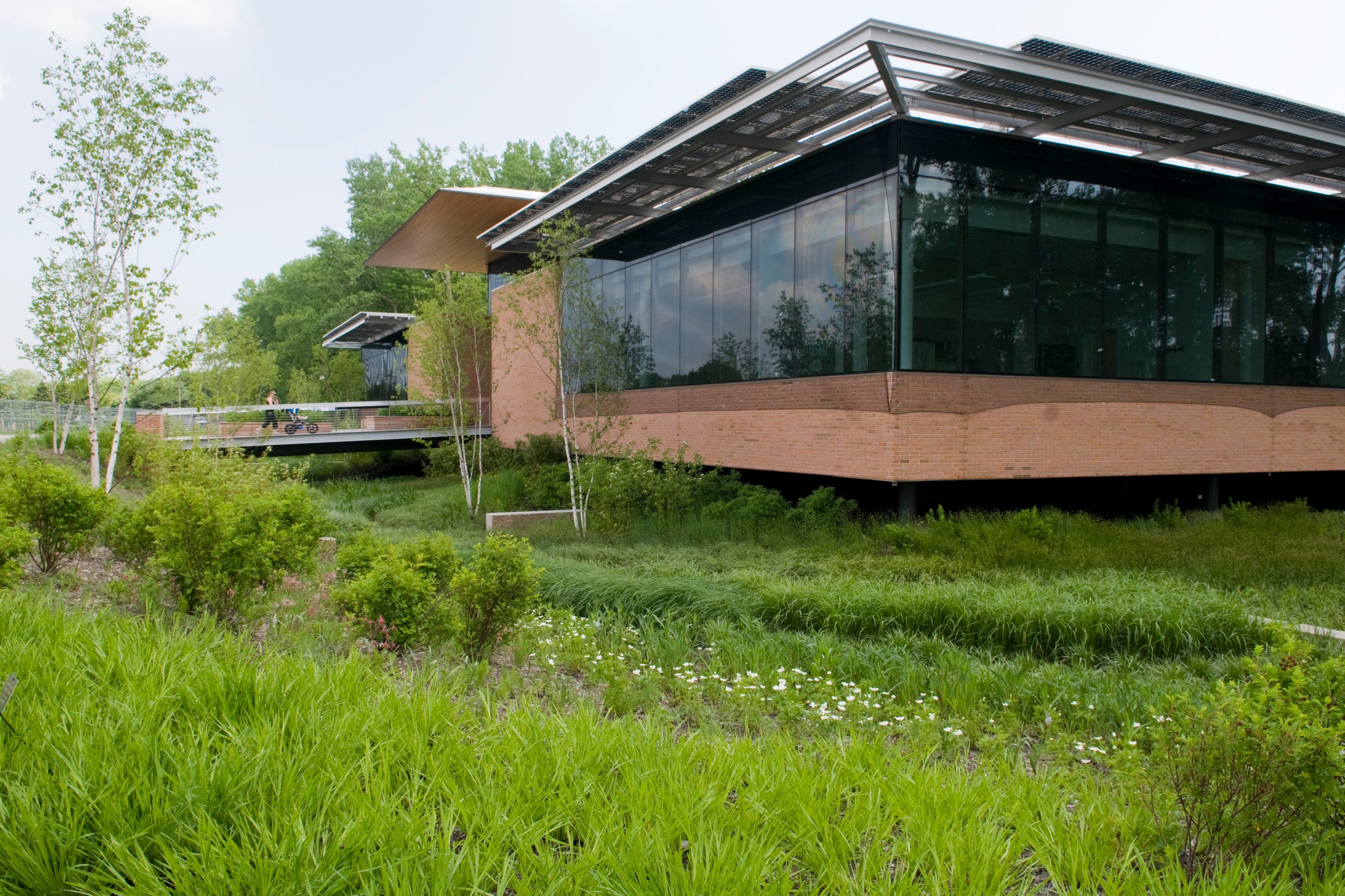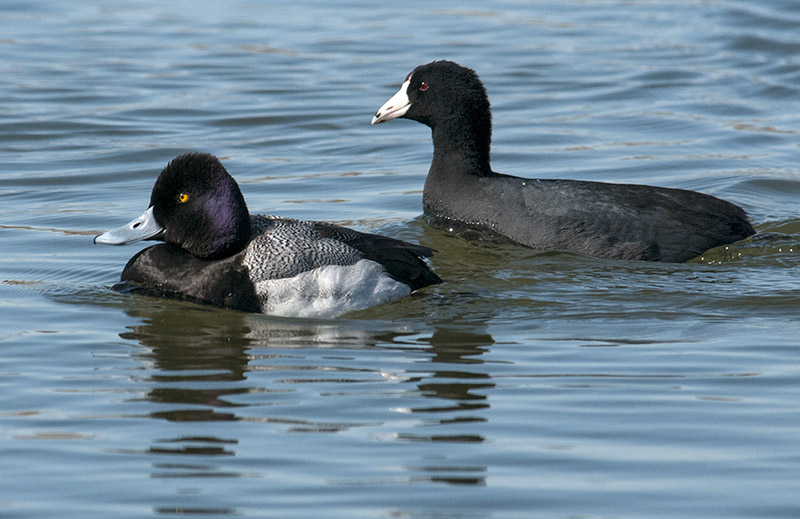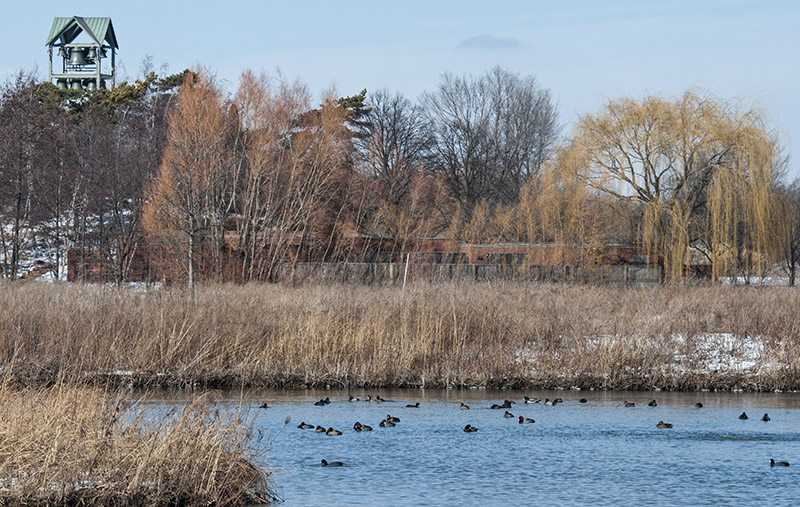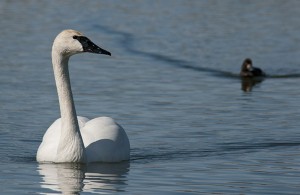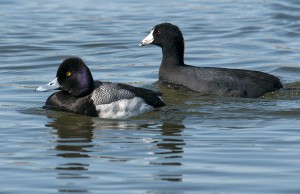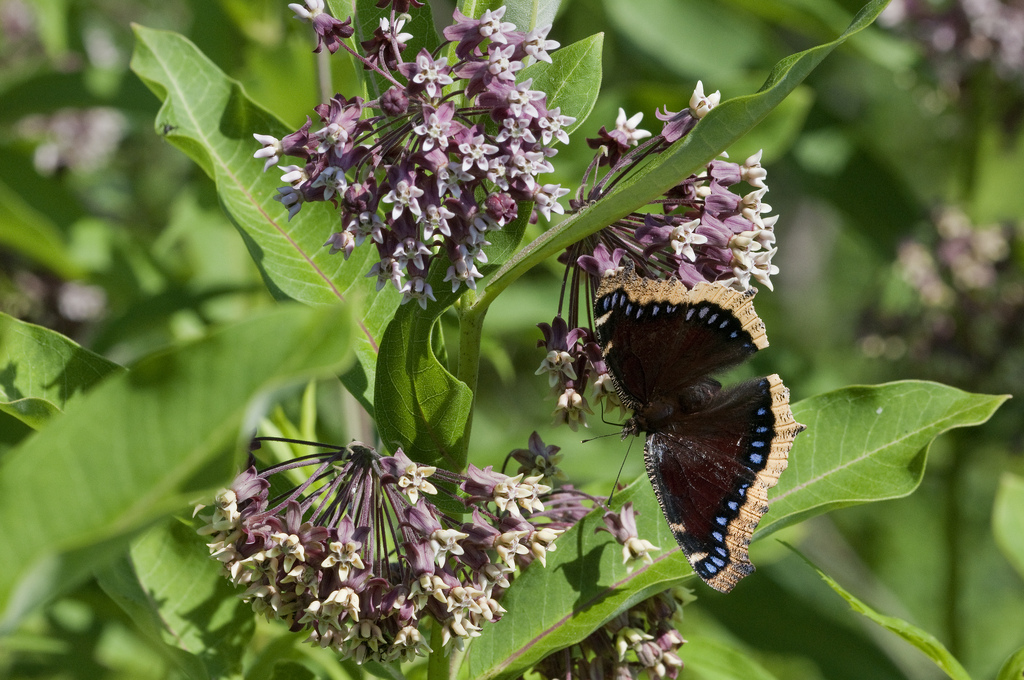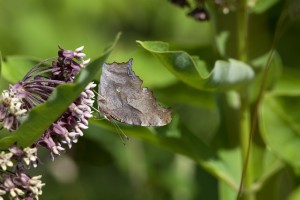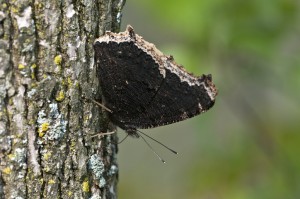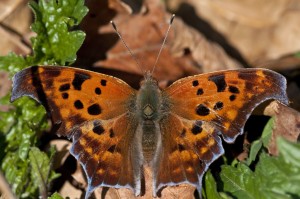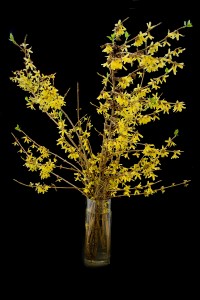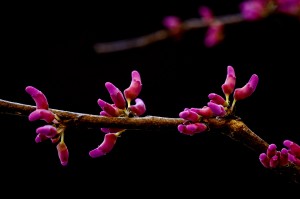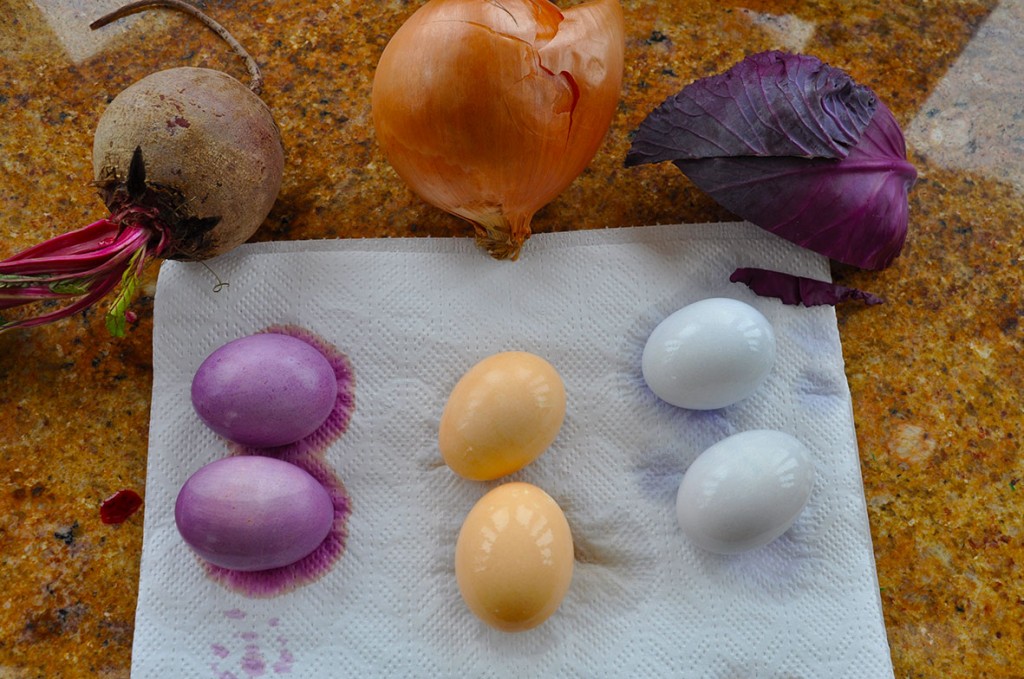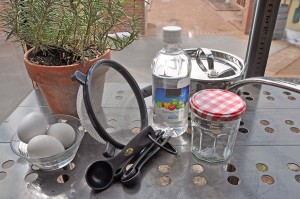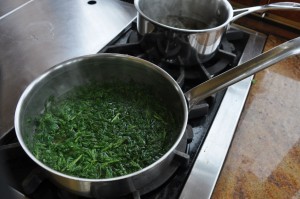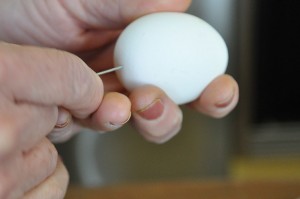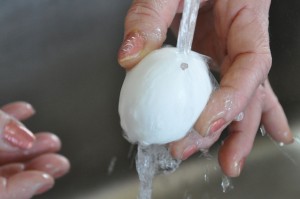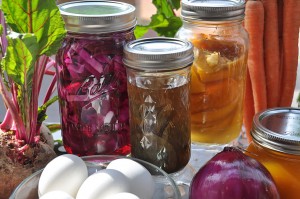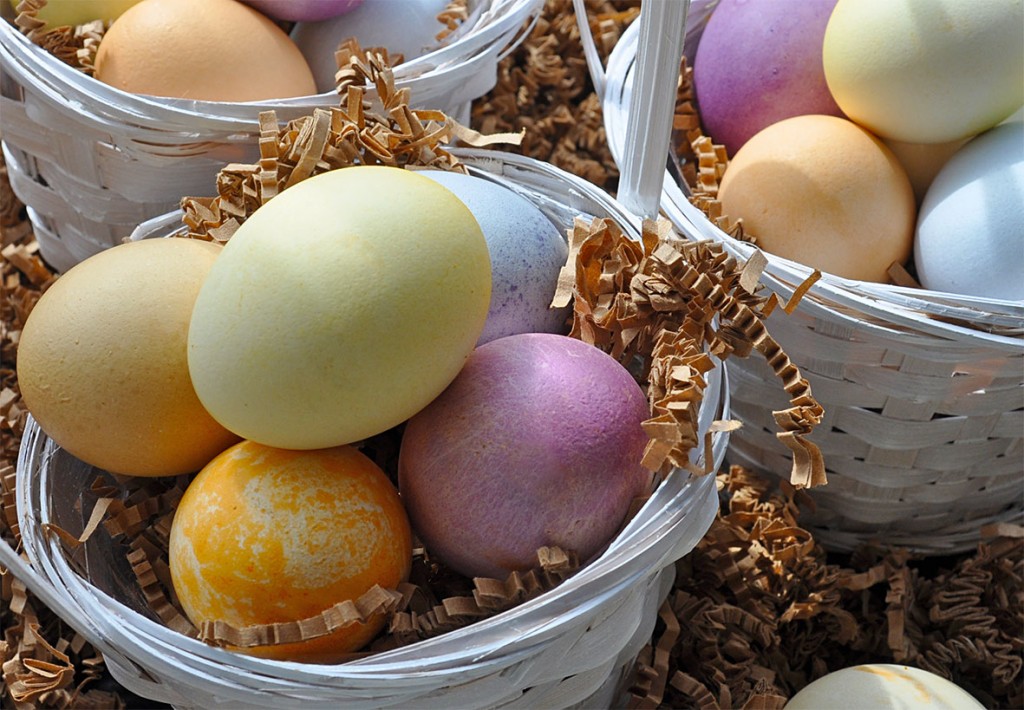It’s been a fairly cold and snowy winter in the Chicago area (though some of us longer-term residents might call it rather normal!). But the temperatures now are moderating, and signs of spring are popping up all over. The daffodils are quickly breaking the ground surface, and bits of green are reappearing at the crowns of our native plants.
After last summer’s record-breaking heat and drought, our first thoughts this spring may not be about rain or flooding. But heavy rains are sure to return at some point, and how we manage that water runoff can have a big impact on flooding, on groundwater levels, on water quality, and on the health and beauty of our garden landscapes.
A remarkably simple and effective approach to capture excess rainwater is rapidly gaining popularity, especially in residential settings. Rain gardens are aptly named, nifty landscape features that capture rainwater traveling across a lawn before it reaches a waterway or storm sewer, allowing much of that water to percolate down into the soil. Rain gardens truly are a win-win-win trifecta: 1) they help reduce flooding (and recharge ground water) by allowing more rainfall to soak into the ground; 2) they improve the quality of water reaching our streams and lakes by slowing the runoff and allowing soil particles and related contaminants to settle out; and 3) with a little thoughtful design, they become a spectacular native plant garden that’s rich in seasonal color and texture—as well as an important habitat for butterflies, dragonflies, and insects that songbirds love to eat.
Around homes and apartments, a rain garden often is situated downslope of a roof downspout so that it can capture the roof’s runoff water before it reaches the street or storm sewer. Think of a rain garden as a shallow “bowl” depression in the ground, with the downslope lip of the bowl just a bit higher than the surrounding land so that water is trapped behind it. A modestly sized rain garden often can be easily installed as a weekend project: a few shovels, a rototiller to loosen the soil, about 100 native plants, and some mulch are all that’s needed to create a 10-foot by 10-foot rain garden.
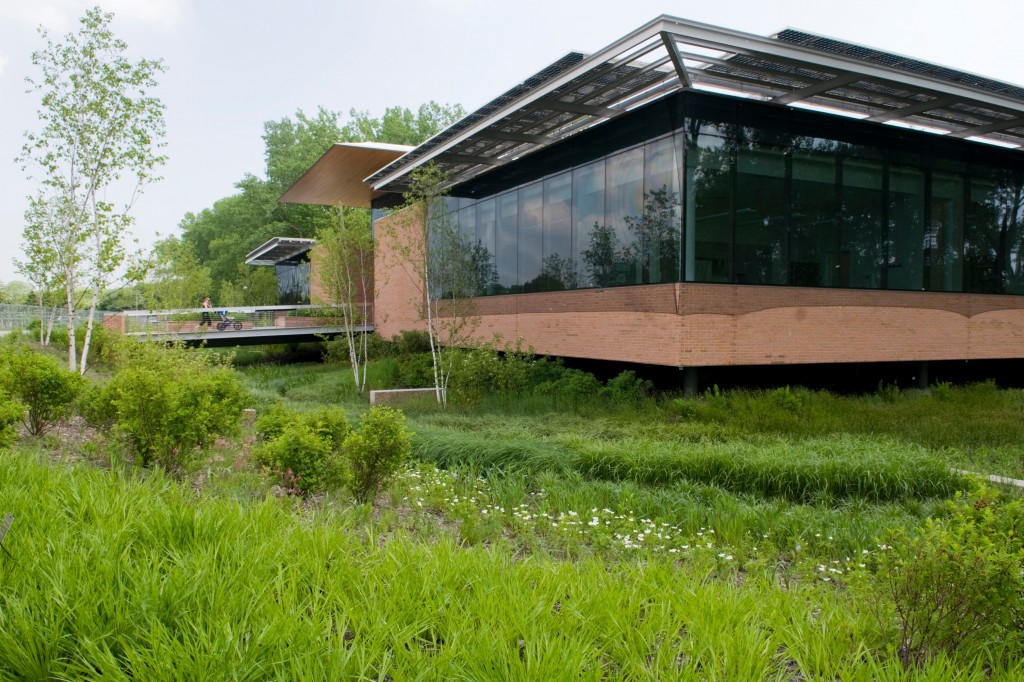
The Chicago Botanic Garden advocates the use of native plants in rain gardens including sedges, rushes, grasses, and various forbs (flowering species). Native plants recommended for rain gardens are particularly well-suited for both submerged conditions that occur right after it rains, as well as the dry conditions that develop between rainfall events. These native plants also help support our native populations of wildlife. Chicago Wilderness has great information about using native plants in the landscape.
You can assure yourself (and your neighbors) that there’s no need to worry about your rain garden becoming a breeding site for mosquitoes. When installed in soils that drain reasonably well, a rain garden’s standing water will disappear within a day or so (and that’s far shorter than the seven to 12 days needed for mosquitoes to lay and hatch eggs).
There are many guides available on how to design, install, and maintain a rain garden, including quite a few on the Internet. One particularly well-written resource was prepared by experts in Wisconsin and is titled “Rain Gardens: A How-to Manual for Homeowners.” This manual provides excellent information about how to site a rain garden in your yard, and suggests good native plants to use for both sun and shade conditions.
You can learn more about rain gardens at the Chicago Botanic Garden on Saturday, June 1, 2013, as we celebrate World Environment Day. A how-to rain garden station will be set up alongside the Woman’s Board of the Chicago Horticultural Society Rainwater Glen at the Daniel F. and Ada L. Rice Plant Conservation Science Center.
On a related note: Perhaps you’ve heard recently in the news about the dire situation for monarch butterflies this spring (for example, see this National Geographic bulletin). If you’ve thought in the past about planting milkweed to help the monarchs but still haven’t, 2013 could be an especially important year for you to add some to your garden. The native swamp milkweed (Asclepias incarnata) can be a great rain garden plant!
©2013 Chicago Botanic Garden and my.chicagobotanic.org

